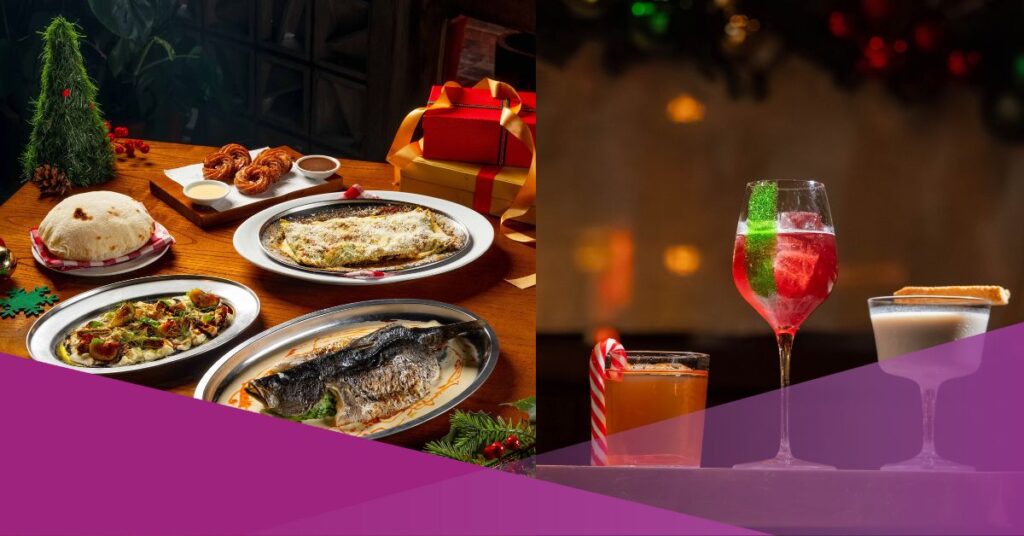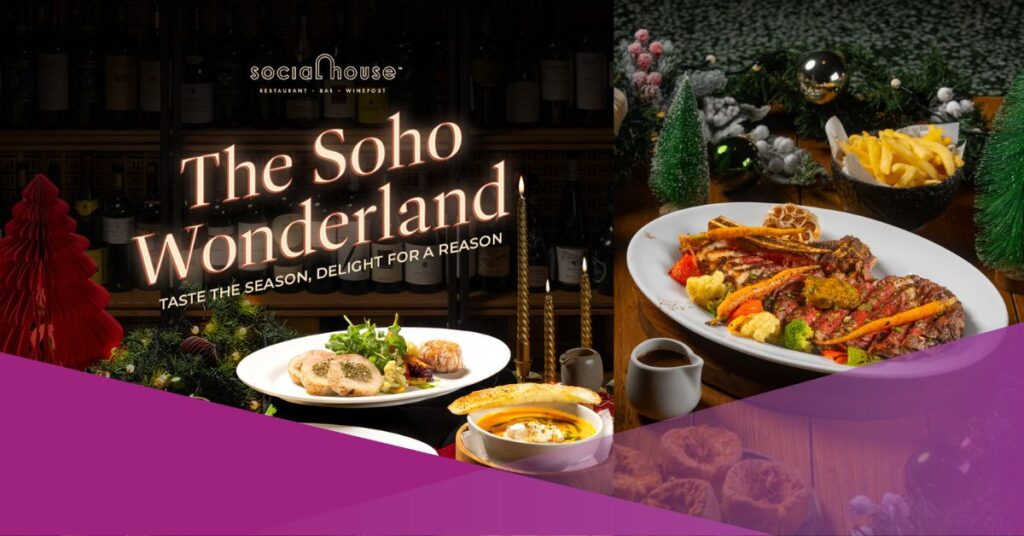Java, the culturally rich island in Indonesia, offers an experience that stands as a region’s culinary. Renowned for its diverse street food scene, Java tantalizes taste buds with iconic dishes such as Rawon, Batagor, Pecel, Bubur Ayam, and Soto Betawi, an array of aromatic soups like Soto, brimming with herbs and spices. The cuisine of Java reflects the island’s historical influences, blending indigenous flavours with Chinese, Indian, and Middle Eastern elements.
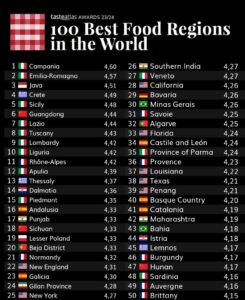
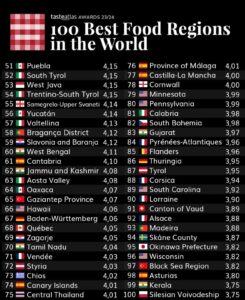
As a result, Ranking in an impressive 3rd place among the 100 Best Cuisines in the World by TasteAtlas, Java’s culinary treasures have taken centre stage on the international culinary platform and that beckons food enthusiasts from around the world to savour its unique and captivating offerings.
A Glimpse of TasteAtlas

TasteAtlas provides a platform for users to explore traditional and regional dishes, uncovering the unique ingredients, preparation methods, and cultural stories behind each culinary masterpiece. With its extensive database, user reviews, and detailed descriptions, TasteAtlas has become a go-to resource for those seeking to embark on a flavorful journey, discover hidden gems, and appreciate the intricate tapestry of global cuisine.
A Tapestry of Trade, Cultural Fusion, and Resilience
Java, situated in Indonesia, has been a crossroads of trade and cultural exchange for centuries. The indigenous flavours of Java were initially influenced by the ancient maritime trade routes, welcoming the arrival of diverse ingredients such as spices, herbs, and aromatic rice. Over time, Java’s cuisine evolved with the influence of Indian, Chinese, and Arab traders, resulting in a harmonious fusion of flavours.
During Dutch colonization, further layers were added to Java’s culinary repertoire, introducing ingredients like potatoes and tomatoes. In recent decades, globalization has contributed to the accessibility of various ingredients, leading to continued innovation in Java. Today, Indonesian cuisine is the best testament food in the world that needs to be visited, embracing a diverse range of influences while maintaining a strong connection to its indigenous roots.
Java and The Best Food Regions
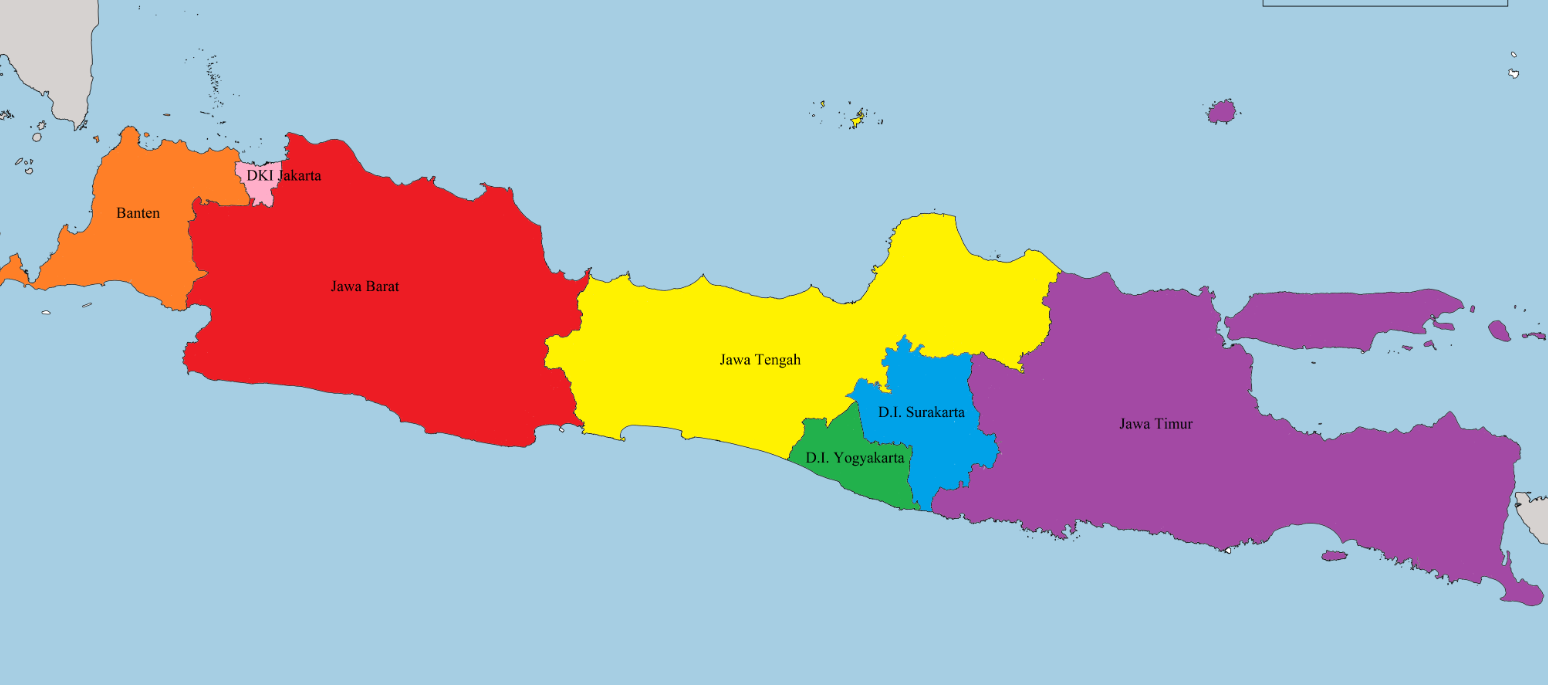
Java, the populous island in Indonesia, boasts a cuisine that is as diverse as its geographical and cultural features. Divided into several regions, each with its unique culinary traditions, Java offers a delightful journey for food enthusiasts.
West Java ( Jawa Barat )
Sundanese cuisine prevails, Batagor, short for Bakso Tahu Goreng, is a popular and delectable snack that originated in West Java, Indonesia. This great food combines two beloved elements of Indonesian cuisine: Bakso (meatballs) and tahu goreng (fried tofu).
Central Java ( Jawa Tengah )
At the heart of Javanese culture, one encounters the refined flavours of royal cuisine, including the renowned Gudeg—a sweet, savoury jackfruit stew often served with rice cakes and chicken. In Jogjakarta, located within Central Java, street food thrives with specialities like Angkringan, offering a variety of inexpensive snacks.
East Java ( Jawa Timur )
With its coastal influences, it presents dishes like Rawon, a hearty beef soup rich in spices and black nuts. This local food culture spread across these regions showcases the historical, cultural, and geographical influences that have shaped Java’s cuisine into a mosaic of flavours, textures, and culinary foodies.
Top 5 Javanese Food by TasteAtlas
Batagor
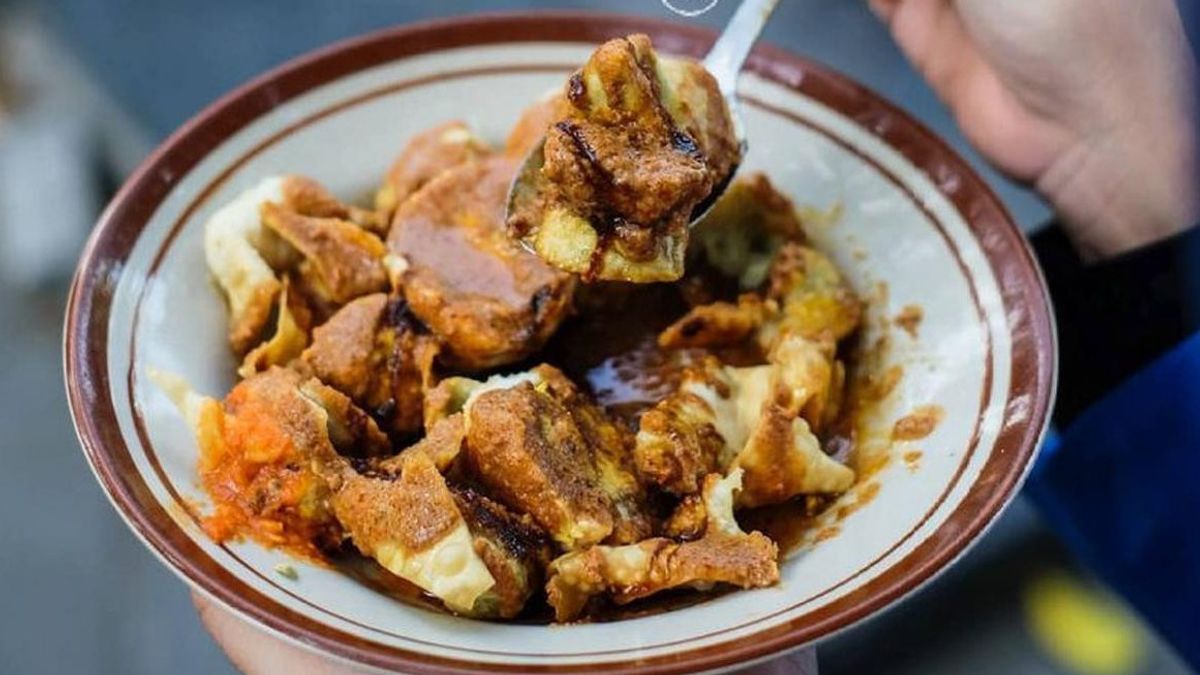
Batagor consists of fried fish dumplings served with a traditional spicy sauce. Its origins can be traced back to the Chinese culinary tradition, which has influenced numerous Indonesian dishes. While this popular snack resembles the well-known Chinese dumpling, its distinctive feature lies in being fried rather than steamed.
Rawon
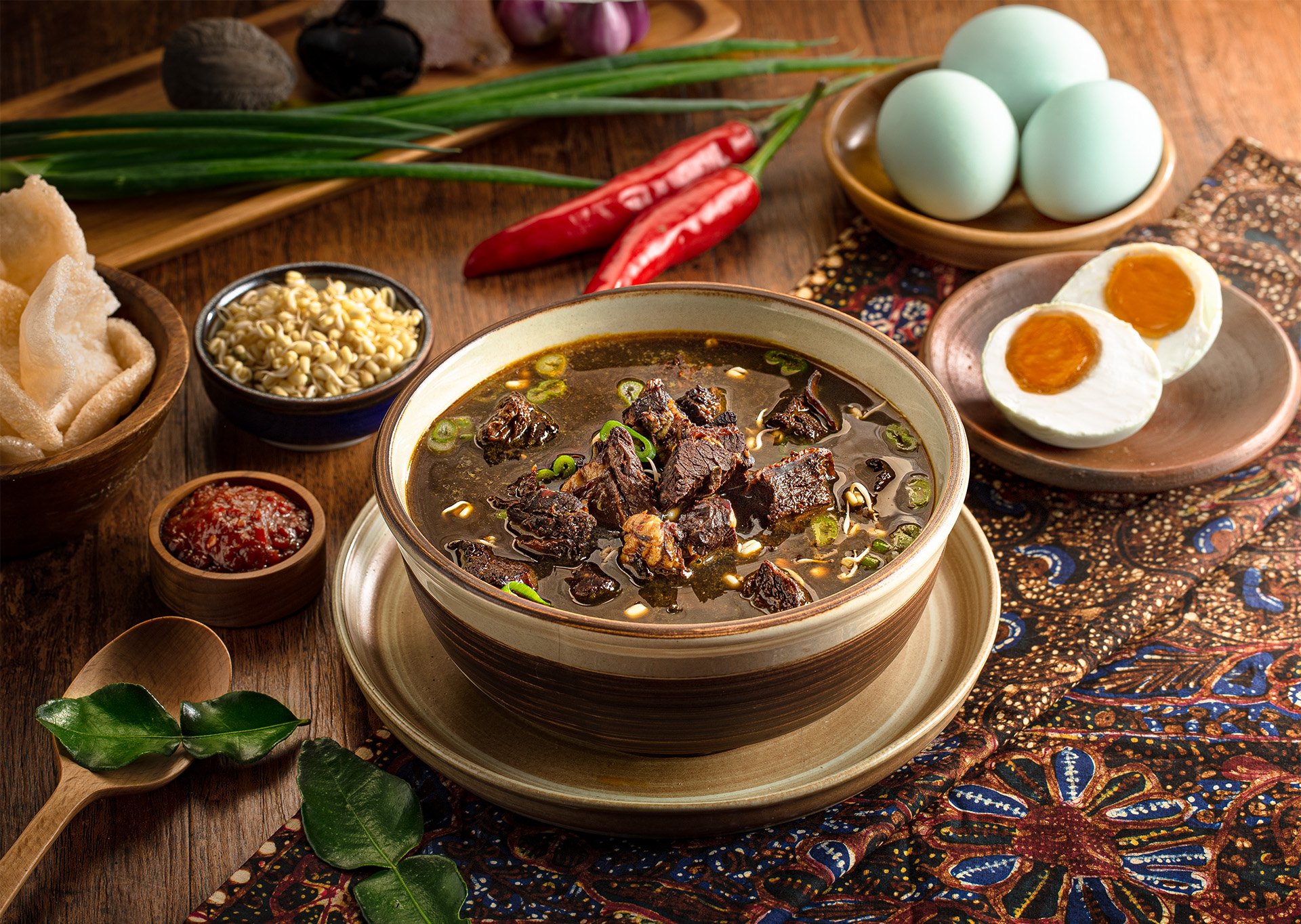
Rawon, an exceptional Indonesian dish from East Java, is a flavorful soup typically prepared by slow-braising beef with traditional Indonesian ingredients like lime leaves, lemongrass, ginger, and chilli. However, the defining component that sets Rawon apart is the use of buah kluwek, the Indonesian black nut. It is one of the best cuisines in the world from Java.
Bubur Ayam
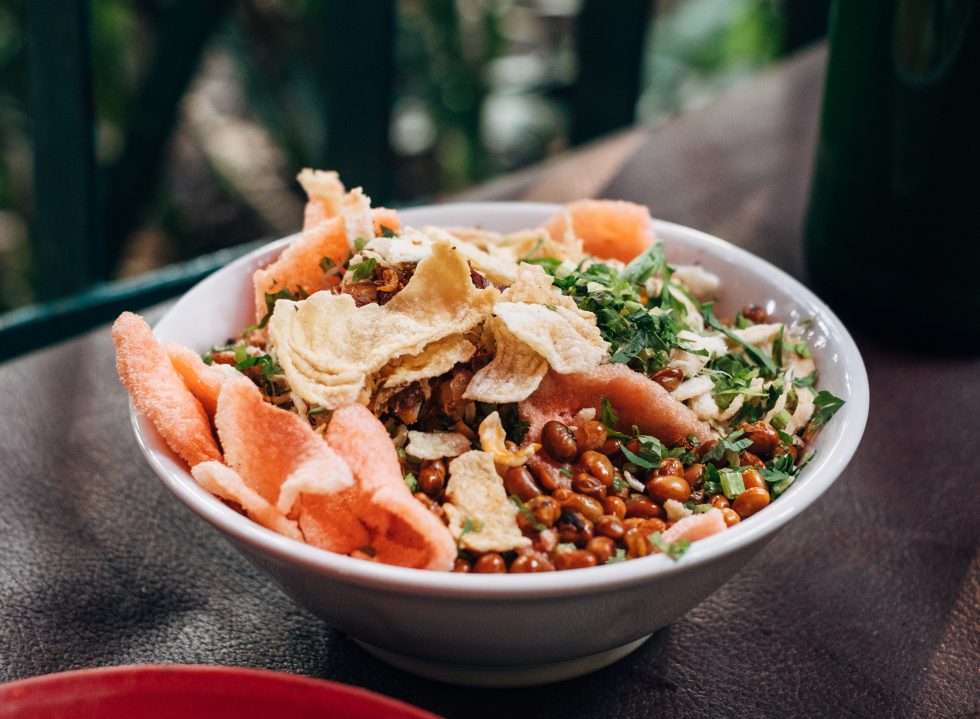
Dense rice porridge with shredded chicken and assorted savoury condiments. While this breakfast classic likely draws inspiration from Chinese rice porridge, it incorporates locally sourced ingredients and unique toppings to evolve into an authentic Indonesian culinary delight.
Nasi Uduk
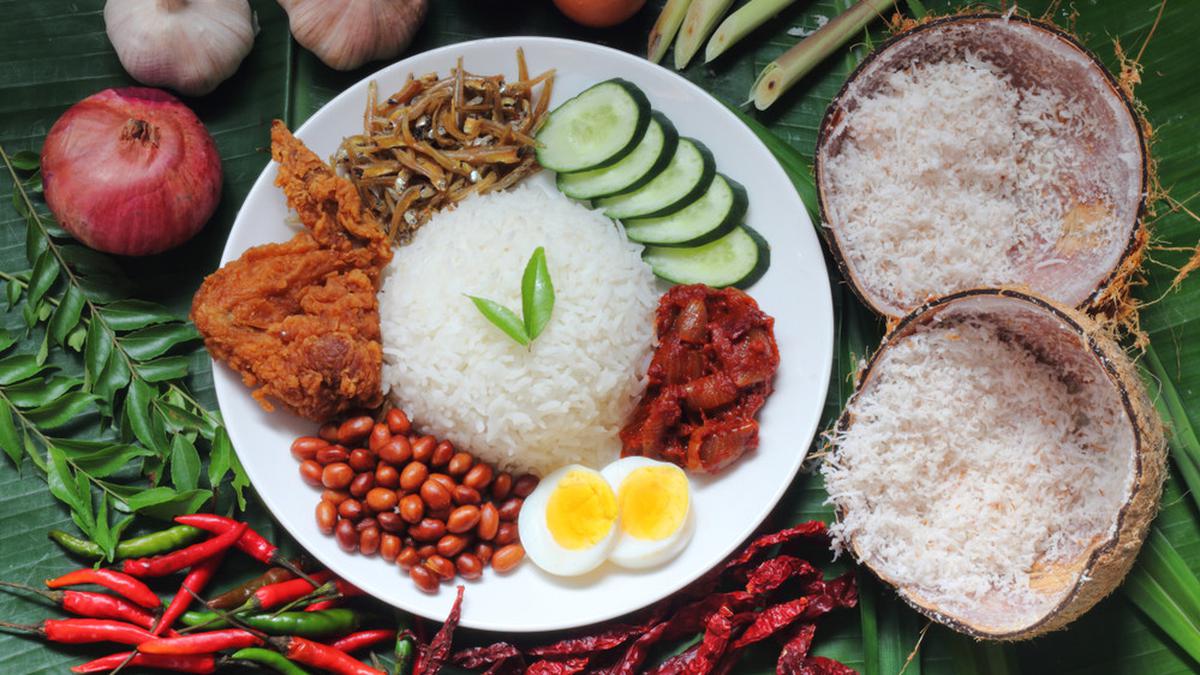
Nasi uduk stands out among the many rice-centric dishes in Indonesia. The rice in nasi uduk undergoes cooking in coconut milk alongside lemongrass, cloves, pandan leaves, and cinnamon. This method delightfully fluffy and aromatic rice, and just before serving, each portion is typically garnished with crispy fried shallots.
Serabi
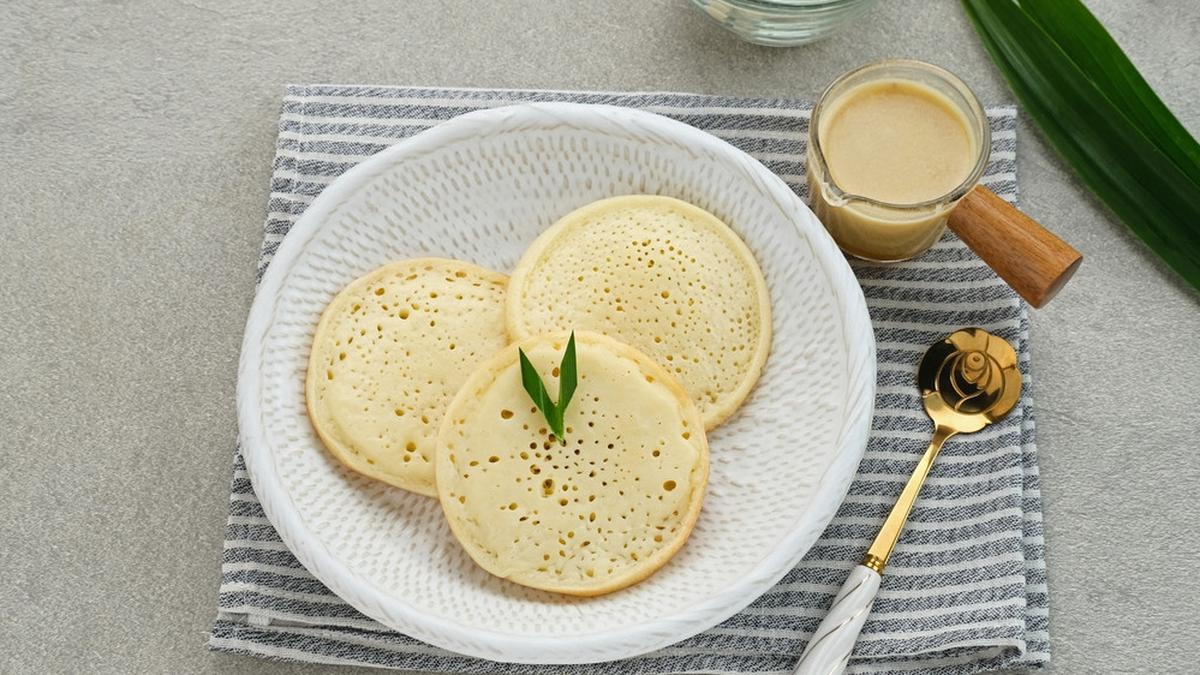
These traditional bite-sized Indonesian pancakes are commonly crafted using rice flour, coconut milk, or shredded coconut. Remarkably, these pancakes exist in sweet and savoury variations and can be customized with wheat flour and an array of toppings such as sugar, bananas, crushed peanuts, jackfruit, chocolate sprinkles, or fermented oncom. Modern adaptations even incorporate ingredients like meat, sausages, or ice cream.
Indonesia as Best Countries for Culinary Excellence
In claiming the remarkable position of the 3rd best cuisine in the world out of 100, the Java region of Indonesia has undoubtedly left an indelible mark on the global culinary stage. This recognition by TasteAtlas celebrates Java’s diverse flavours and innovative culinary techniques and underscores the island’s historical and cultural significance in shaping its exceptional cuisine. From the aromatic Soto Betawi to the delectable Batagor, Java’s culinary offerings are a testament to the island’s rich tapestry of traditions and influences.


